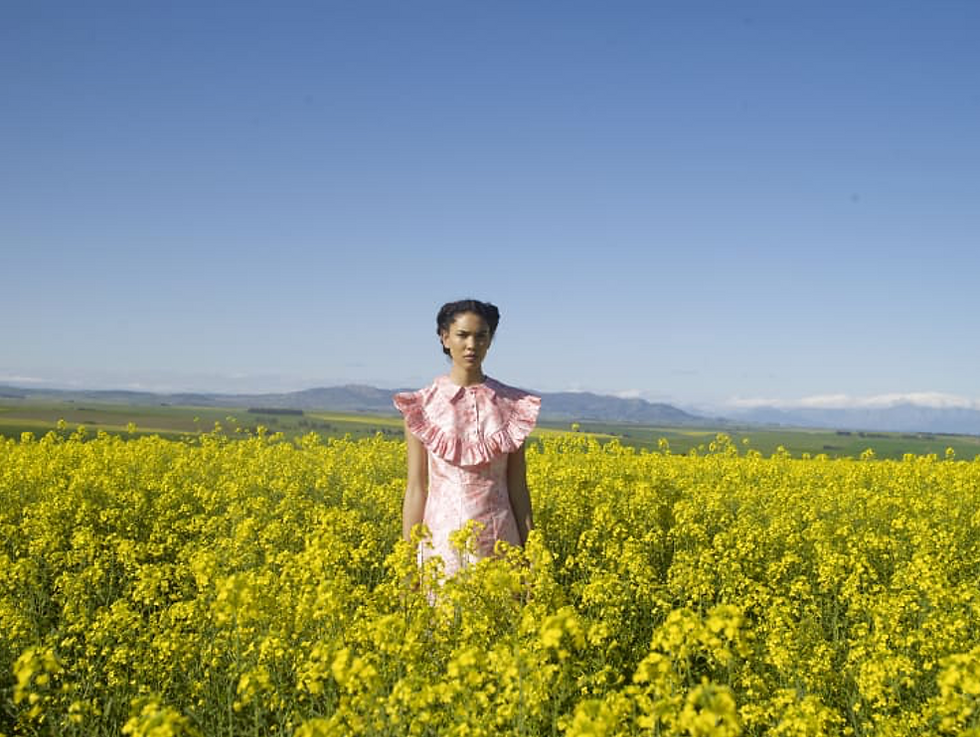From The New York Times to The Blonde Salad: How traditional online media and fashion bloggers fram
- Cecilia Arroyo
- Nov 15, 2022
- 1 min read
Abstract of Master Thesis for Corporate Communication
Abstract
The current consumer trends and media landscape that allows for more gatekeepers and opinion leaders has transformed the fashion and luxury industry. Companies are under scrutiny and their actions are under magnifying glasses, especially given the history of corporate social irresponsible behaviour that many fashion firms exhibited in the past. When companies showcase amoral and unethical behaviour, different media outlets and online platforms react creating media firestorms. A manual quantitative content analyses of two hundred and fifteen items (n = 215) investigated how western blogs and online newspapers influence agenda-setting and media framing of both social-based and environmental-based scandals of eleven fashion firms. The findings imply that online newspapers present more neutral tonality when discussing corporate social irresponsibility (CSI) when compared to blogs that normally put the company in a negative light. Moreover, no significant differences were found when comparing newspapers and blogs and their use of frames, as most used frames were Attribution of Responsibility, Morality and Conflict. The biggest difference in framing was shown while comparing social and environmental scandals, whereas both environmental and social scandals use attribution of responsibility and conflict frames similarly, they differ in the usage of Morality frame and Human-Interest frame. These results present several managerial implications in relation to reputational crisis management and urge scholars to investigate further the impact of alternative gatekeepers, such as bloggers, as active opinion leaders shaping the public’s understanding of CSI.
Keywords: Agenda-Setting, Media Framing, Corporate Social Irresponsibility, Firestorms, Fashion Industry



Comments